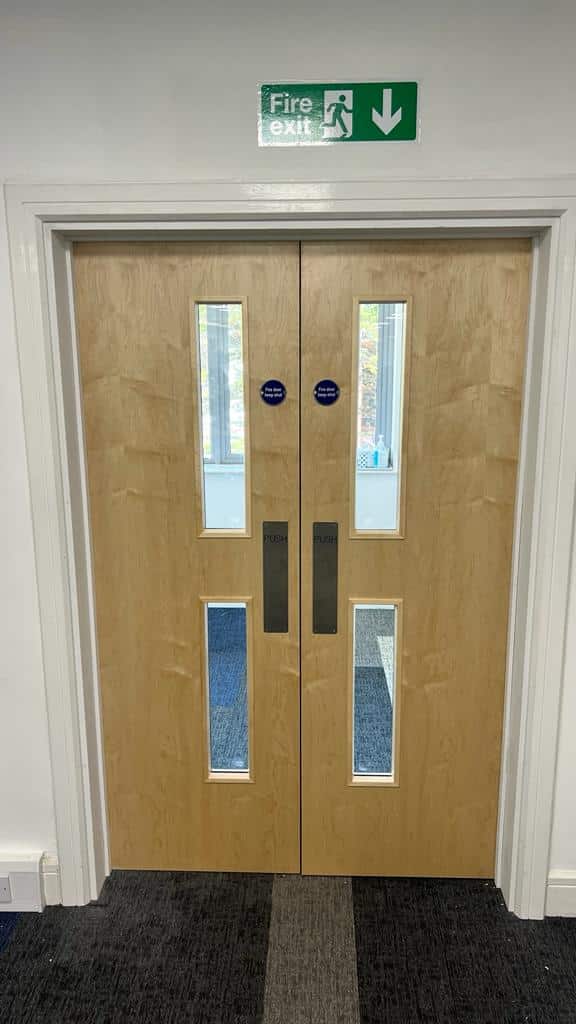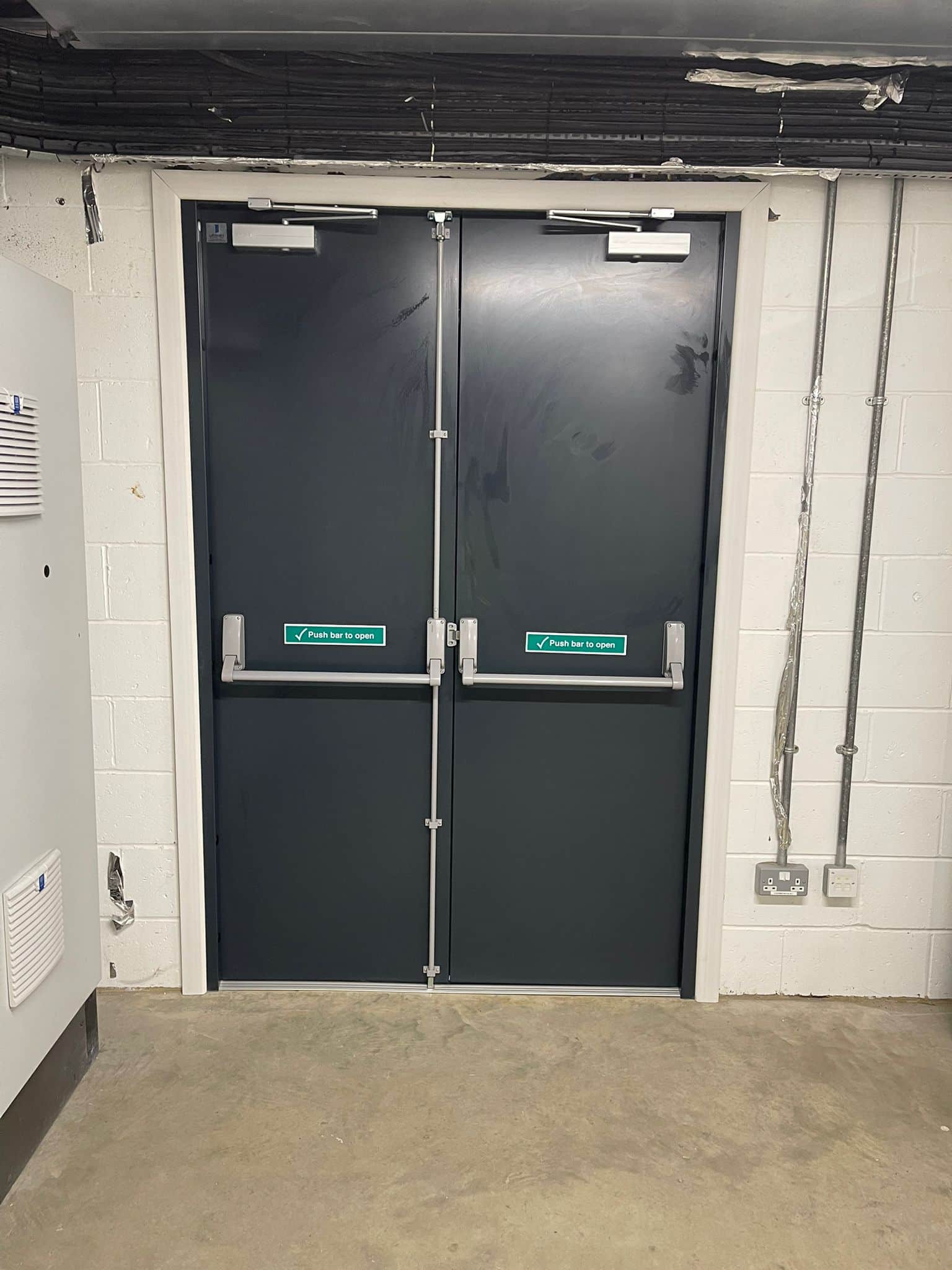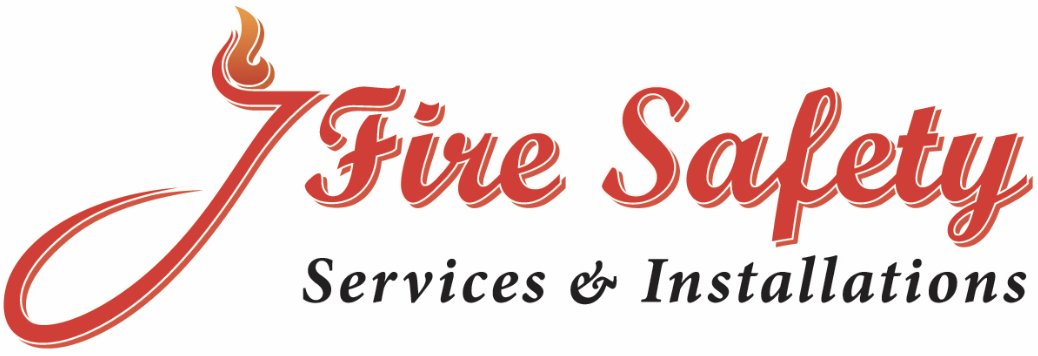The Ultimate Guide to Fire Doors:
Types, Benefits, Costs, and Installation
Introduction
Fire doors play a crucial role in fire safety, providing protection by slowing down the spread of flames and smoke. Whether for commercial or domestic use, choosing the right fire door depends on factors such as materials, fire resistance rating, and installation requirements. This guide explores the various types of fire doors, their strengths and weaknesses, costs, specifications, and installation considerations.
Internal Fire Doors
Overview
Internal fire doors are designed for use within buildings to compartmentalize fire and provide safe exit routes. These are commonly found in homes, offices, and commercial spaces.
Strengths
- Provides crucial time for evacuation (typically 30-60 minutes fire resistance)
- Available in various materials such as wood, composite, and steel
- Can be aesthetically matched to interior decor
- Helps with soundproofing and energy efficiency
Weaknesses
- Requires proper maintenance to ensure fire integrity
- Installation must meet strict regulations (e.g., proper seals and closures)
- Heavier than standard doors, requiring sturdy hinge
Common Specs
- FD30, FD60 (fire resistance in minutes)
- Intumescent seals for smoke control
- Available in solid wood, veneer, and composite materials
Commercial vs. Domestic Use
- Commercial: Often required by law in workplaces and public buildings
- Domestic: Typically used in loft conversions, garages, and kitchens

External Fire Doors
Overview
External fire doors provide fire resistance while also offering security and weatherproofing. These are essential in commercial buildings and some residential settings.
Strengths
- Fire-resistant and weatherproof
- Often reinforced for security
- Provides fire compartmentalization at exits
- Available in various materials like steel, composite, and timber
Weaknesses
- More expensive than internal fire doors
- Can be heavier and require reinforced frames
- Must meet both fire and security regulations
Common Specs
- Fire resistance ratings from FD30 to FD120
- Weatherproof coatings and seals
- Multi-point locking mechanisms
Commercial vs. Domestic Use
- Commercial: Typically used at fire exits, loading bays
- Domestic: Less common but used in garages, outbuildings

Types of Fire Door
Glass Fire Doors
Glass fire doors offer the combination of fire safety and aesthetic appeal, commonly used in offices, commercial buildings, and modern homes.
View our glass fire door gallery and find more here.
Steel Fire Doors
Steel fire doors provide maximum fire resistance and security, making them ideal for industrial and high-risk environments.
View our steel fire door gallery and find more here.
Double Fire Doors
Double fire doors are used in large openings to maintain fire safety without restricting access.
View our double fire doors gallery and find more here.
Oak Fire Doors
Oak fire doors offer a balance of fire safety and aesthetic appeal, commonly used in high-end homes and executive offices.
View our oak fire door gallery and find more here
Conclusion
Choosing the right fire door depends on your specific needs, whether for safety, aesthetics, or security. Whether you need an internal, external, glass, steel, double, or oak fire door, ensuring compliance with fire safety regulations and proper installation is key.
For expert advice on fire doors, always consult a certified supplier or installer to ensure your property meets all legal and safety requirements.
